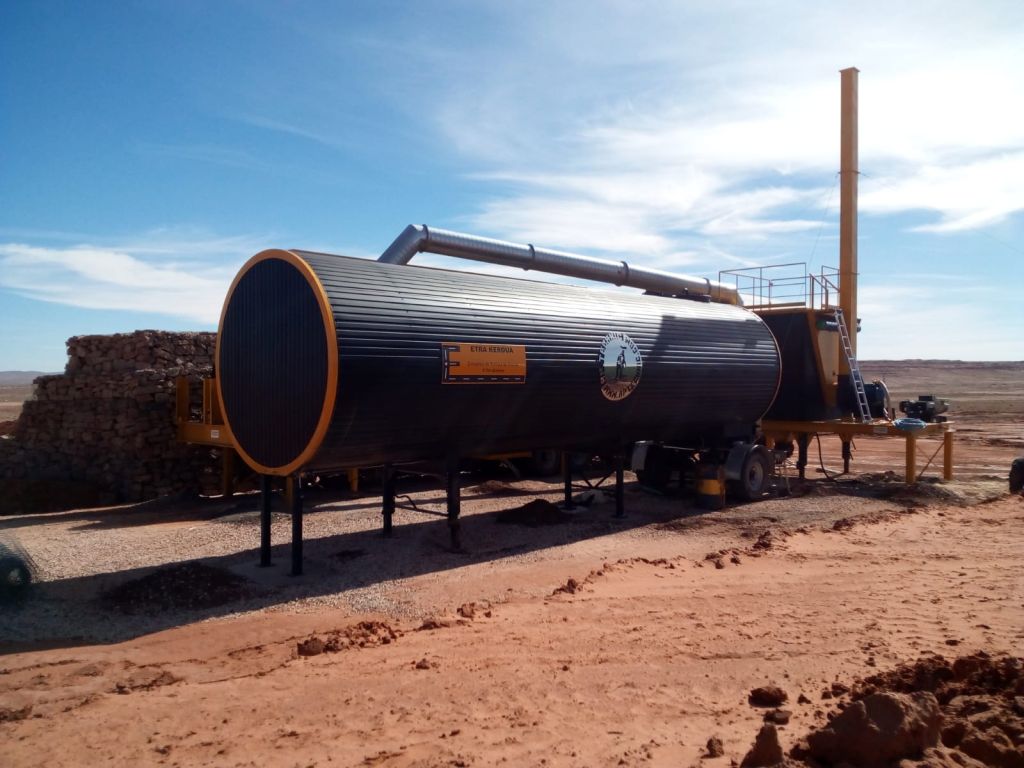BITUMEN TANK

AP TECHNIC designs bitumen or emulsion tanks. We can build your tank according to your needs with the following configurations: Capacities from 20,000 to 80,000 liters Fixed version on skid or mob ...
Read more
AP TECHNIC designs bitumen or emulsion tanks. We can build your tank according to your needs with the following configurations: Capacities from 20,000 to 80,000 liters Fixed version on skid or mob ...
Read more
A bitumen tank is primarily used for storing, maintaining temperature, and preparing bitumen for road and industrial applications. Tanks can be vertical, horizontal, or mobile, depending on the needs of the construction site or facility.
Mixing (or agitation) is an essential function in some bitumen tanks to ensure consistent bitumen temperature and consistency. The main objectives of mixing are:
Bitumen tanks can be equipped with different mixing systems depending on their design and use:
Temperature is maintained by heating systems, combined with automatic controls to prevent overheating and ensure the fluidity of the bitumen. Mixing helps distribute this heat evenly.
Mixing in a bitumen tank is essential to guarantee the homogeneity and quality of the product stored or prepared.
A.P. Technic 27 rue du moulin de groleau 49490 Noyant-Villages - FRANCE Tél. +33 (0) 241 890 373 Contact us